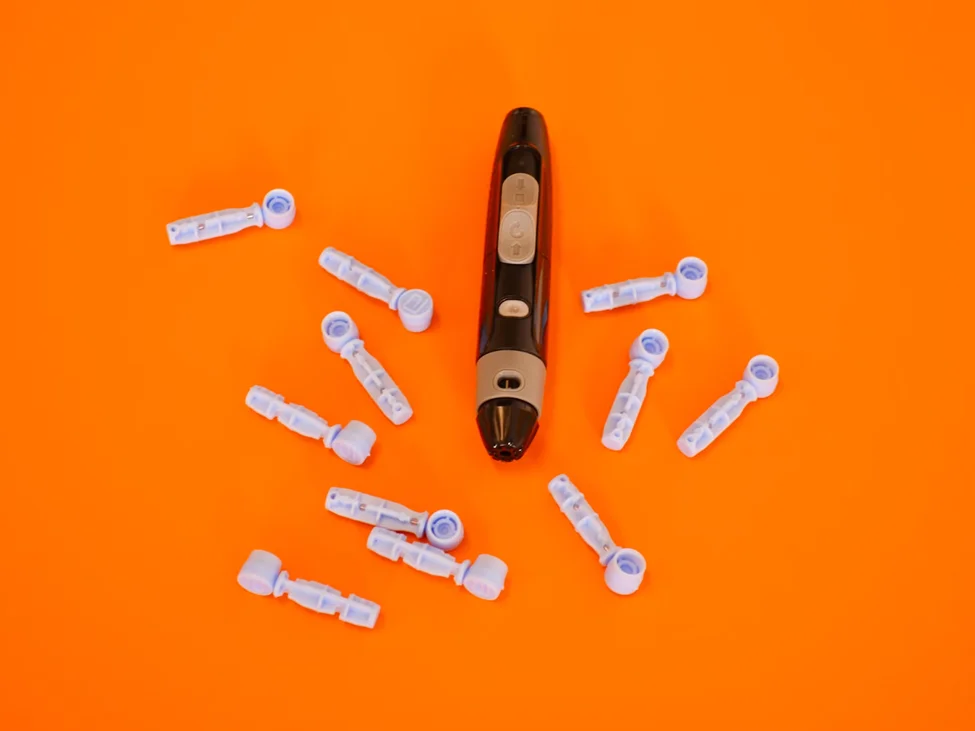Type 2 Diabetes occurs due to consistently high sugar levels (hyperglycemia), caused by a problem in how the body regulates and uses sugar as fuel (glucose). Too much sugar in the blood leads to high blood sugar levels, leading to circulatory, nervous, and immune disorders.
The two problems in Type 2 Diabetes are:
- The body’s pancreas cannot produce enough insulin. Insulin helps regulate glucose movement into cells and organs.
- The cells of the body are not reactive to glucose. As a result, they receive less sugar.
Thus, the body cannot use insulin properly. If not managed properly, those with Type 2 Diabetes have a high risk of developing major health problems such as heart disease, kidney disease, and strokes.
Thus, when you’re taking a pre-employment medical exam, you have to remember some roles may require specific health standards that can be affected by diabetes. As a result, you may have to check if you display the signs and symptoms of it. Fortunately, it can be managed. However, you need to have a diagnosis first, as this will help you get the immediate treatment that can help you manage the condition.
Diabetes Type 2 Signs and Symptoms
The signs/symptoms of Diabetes Type are:
- Unexplained weight loss
- Frequent urination
- Hunger
- Fatigue
- Hand and foot numbness
- Hand and foot tingling
- Blurry vision
- Dry skin
- Slow-healing wounds and sores
- Frequent UTIs for people who are assigned female at birth (AFAB)
- Plenty vaginal yeast infections for those who are assigned female at birth (AFAB)
If you have these symptoms, seeing your doctor and other healthcare provider/s is essential. Simple blood tests can diagnose the disease.
In addition, those who are at risk for type II diabetes are:
- People who have a family history of Diabetes
- Those who have PCOS (Polycystic Ovarian Syndrome). The symptoms of PCOS are similar to those of Diabetes. PCOS sufferers often have insulin resistance, increasing the chances of developing Diabetes.
- People of certain ethnicities. Black, Hispanic, Native American and Asian people and Pacific Islanders have higher chances of developing diabetes.
- Prediabetic people. If left untreated, Prediabetes progresses to Diabetes Type II.
- LGBTQIA. Lesbian, transgender and bisexual women are likely to be overweight. This is a risk factor for diabetes.
- Those with obesity. Overweight and obese people have a more substantial chance of developing diabetes.
- People who have sedentary lifestyles
Management for Type 2 Diabetes Mellitus
There is no exact cure for Type 2 Diabetes, but it is possible to manage it with lifestyle changes such as eating a balanced diet and physical exercise. If exercise and diet are not enough, diabetes medications and insulin therapy are feasible options.
For those who have PCOS, which has similar symptoms to Diabetes, your nutrition/dietician may recommend the following supplements:
- COQ10. COQ10, according to research, is good for mitigating oxidative stress, improving lipid profiles, and managing blood pressure is essential for addressing cardiovascular complications related to diabetes.
- Inositol. Inositol helps regulate blood sugar levels in individuals with type 2 diabetes and may alleviate symptoms of obsessive-compulsive disorder.
Management of Type 2 Diabetes Mellitus
There is no exact way to “cure” and “reverse” Diabetes II. However, you can manage your type II diabetes by the following:
- Exercise. Physical activity can improve diabetes. However, combined with diet, exercise is more effective.
- Diet change. Those who have type II diabetes need to adjust their diet and meal times; they should start to eat during regular meal times. Recommended meal suggestions include food with the following:
- High fiber (fruits and vegetables)
- Heart-healthy fish (tuna, etc.)
- “Good” fats (avocados, nuts, canola)
- Regular Monitoring. Regularly monitor your health by taking tests and screenings such as CBC. Before scheduling your appointment with a healthcare provider, check for the standard CBC test price.
Notably, a study with the respondents walking 10,000 steps a day, at least 2 1/2 hours of moderate exercise a week, and a calorie deficit of 500-750 calories, with an insulin and medication routine, resulted in half of them attaining near-normal blood sugar without the help of medication. Some were able to maintain these levels in the long term.
Type 2 Diabetes Prevention
- Active lifestyle. Physical activity helps elevate your sensitivity to insulin, help you lose weight, and lower your blood sugar.
- Healthy diet. Focus on eating more vegetables, and food rich in fiber. Foods with plenty of fiber can promote weight loss and lower the risk of diabetes.
- Ignore fad diets. Trending diets can help you lose weight, but there is little data to justify their effectiveness in the long-term.
FAQs
What is the meaning of type 2 diabetes?
Type 2 Diabetes indicates that you may have a problem with how your body regulates sugar and uses it as fuel.
How do you deal with type 2 diabetes?
You can manage type 2 diabetes with medication, increased physical activity and a healthy diet.
Can I live a normal life with type 2 diabetes?
You can live a normal life with the disease, as long as you are mindful about the food you eat, exercise regularly, and take your medication.
What happens if you get diagnosed with type 2 diabetes?
You will have to talk to your doctor and any healthcare provider if you have any, like a dietician, about the changes you need to make in your lifestyle.







